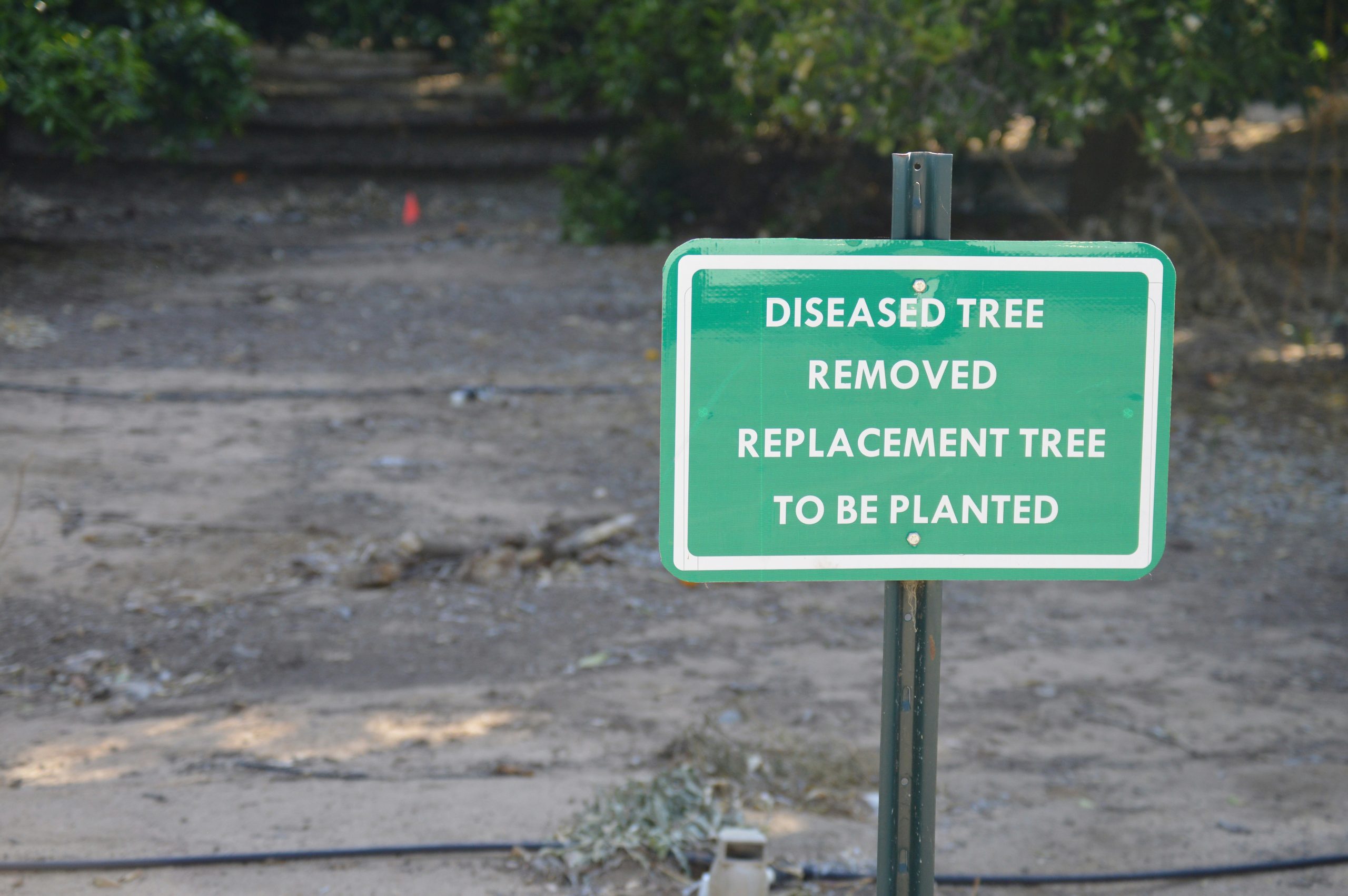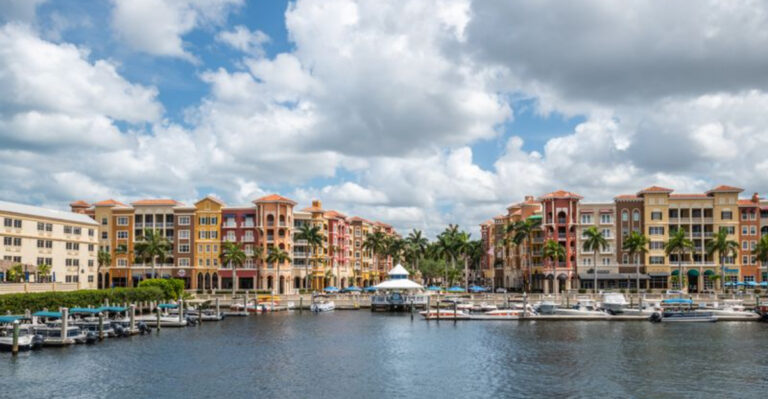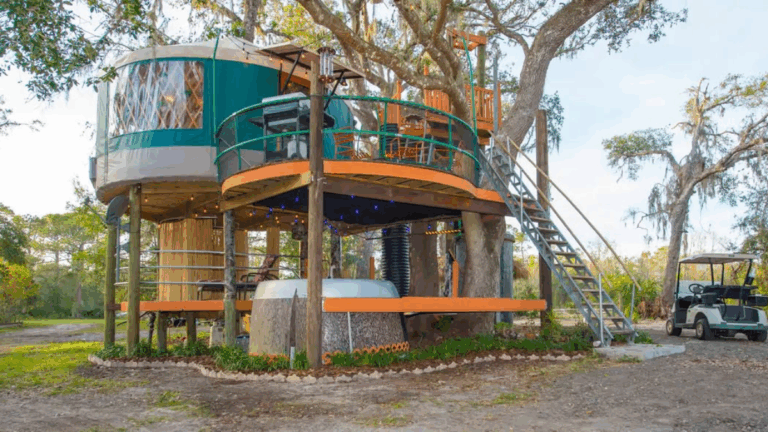An Incurable Pathogen Is Driving Florida’s Citrus Industry to Extinction

It has been 20 years since citrus greening—also known as Huanglongbing (HLB)—was first detected in Florida. In that time, the bacterial disease has reshaped the state’s iconic citrus industry, slashing orange production considerably, decimating family-run groves, and turning the future of Florida orange juice into a multimillion-dollar question.
First confirmed in south Miami-Dade County in 2005, HLB is caused by a bacteria spread by the Asian citrus psyllid, a tiny insect with an outsized impact. Once infected, citrus trees suffer from yellowing leaves, bitter fruit, and ultimately, premature death. Despite two decades of research and hundreds of millions of dollars spent on mitigation efforts, there is still no known cure, and the economic toll has been severe.
Citrus greening is blamed for a $4.5 billion loss in total industry output and over 8,200 jobs lost in Florida alone.
Growers have been forced to adapt by implementing costly new measures, including heavy pesticide use, the removal of infected trees, and transitioning citrus nurseries from outdoor to indoor facilities. Other growers have turned to alternative crops, sold off their groves, or abandoned the citrus business altogether.
You might think an antibiotic could easily control citrus greening, but the disease, caused by the bacterium Candidatus Liberibacter asiaticus, has proven to be far more complicated to manage.
The bacteria invade the tree’s vascular system, spreading quickly and making treatment nearly impossible once the disease is established. Spread by the Asian citrus psyllid, which can travel long distances and infect multiple groves, containment becomes even more challenging. To make matters worse, early symptoms are often undetectable, allowing the disease to silently progress.
Currently, there is no cure for infected trees.
Besides pesticides and tree removal, efforts to combat the disease include exploring genetic modifications and antibiotics, however, none of these methods have yet been effective on a large scale. The bacteria can also spread through infected plant material, adding another layer of difficulty. Some hope lies in experimental techniques like gene-edited rootstocks, thermotherapy, and biological controls, but progress is slow.
As a result, citrus greening continues to devastate Florida’s citrus industry, and a complete solution remains elusive in the foreseeable future.
As Florida marks two decades of battling citrus greening, the question remains—how much longer can the Sunshine State hold onto one of its most iconic industries?






